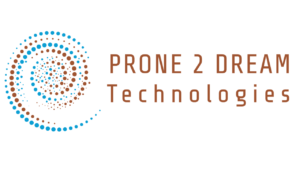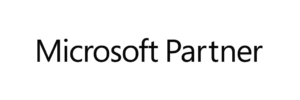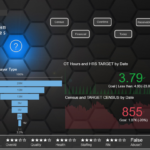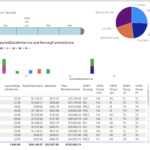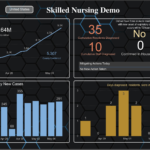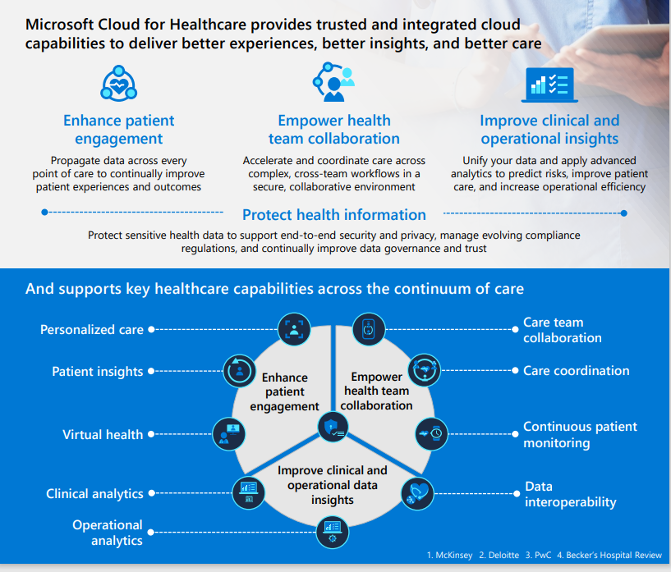
Thinking About A Major Systems Update? Here’s How To Make The Transition Smoothly
How many software applications does it take to run your company?
You depend on each of these programs to perform at their highest level, and subsequently rely on the developers to continually upgrade their product. Upgrades have to be seamless and user-friendly so that your teams (the users) don’t skip a beat.
Periodically, a major systems upgrade is necessary within your own company. You may have decided a different EHR will better serve you. Or perhaps it’s a financial system that’s become outdated. Plus, you need your various software programs to be integrated … in a way that benefits your unique needs.
Making a decision about a major systems update is exciting! But thinking about how to pull it off can send you quickly into a state of overwhelm:
- Where do we start?
- How long will it take?
- How will we accomplish the project?
- How will we find the right experts to enlist?
- Is it worth the disruption?
Let’s take a look at how to make it happen…
What does a major systems update look like?
Here’s the best news about taking on a major systems update: If you have not yet transitioned to cloud technology, now is the time! All the software programs you use are cloud-based, and by transitioning away from traditional hardware systems, you lower your total cost of ownership.
The purpose of deploying a major systems update goes beyond needing to update one or two of the programs you’re currently using. You’ll be integrating ALL your existing systems and programs, feeding them into your financial book of record.
Integration is the coding of the subsidiary ledgers to bring that data to the right general ledger line. The EHR is one of the largest subsidiary ledgers (census, payers). Your update migrates health information records by cross-mapping – integrating the clinical data with the financial data.
First steps – Creating the Topography
Setting up the general ledger codes initiates your system. This is the topography of your system update as your financial book of record is the anchor. All subsidiary ledgers have to feed into the book of record. Your topography is the backbone or what’s known as the System Standup.
The topography is a structural technological document that shows how the systems will talk to each other. This becomes a template for all units. As you expand to add any new skilled nursing facilities, they will conform to this template. The goal is that all the software systems join into the topography in the same way, across multiple locations.
Continuity Planning and Disaster Recovery Plan
Continuity planning is the roadmap for setting the system up to work in integration with the subsidiary ledgers. When each relevant software is speaking to each other, you’re able to better track your financials, submit better reports to stakeholders, CMS, and other authorities, have successful audits, and ultimately, have the confidence that your numbers are accurate.
Within every successful topography, you’ll need a formal structure of how to recover if/when something inevitably goes awry. Planning ahead for unforeseen events will keep the disruption to a minimum.
Setting up migration teams for success
Then the work really begins. Once the topography is finalized, you need the humans who will write the upload utilities for data migration, database management, and all connectivity. This takes teams of experienced data managers, and many of your software providers will supply this support. They can migrate their program into your topography, but you will want integration experts to connect various programs together.
Expanding and utilizing your existing technology
Is your company currently using Microsoft365? It’s a huge, powerful product that almost all companies all buy, but then only use the basic features. In reality, Microsoft 365 has the ability to provide the platform for the integrations. You may have been reading about all the ways Microsoft is entering the healthcare industry and empowering their users.
How we help with a major system update
A major systems change is exciting! But we know how much work is involved.
We understand and have written successful topography, continuity planning, and connectivity systems. We have extensive experience in data migration and database management. We onboard your teams and provide ongoing training for their success.
Prone 2 Dream Technologies has been a Microsoft partner since 2016. MS wants the end user to be empowered, not restricted. That’s where P2D comes in – we’ve seen the underutilization of MS365 and want to show our clients how to maximize that investment.
Thinking about a major systems update? Call us for a complimentary consultation today.
